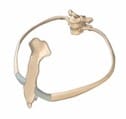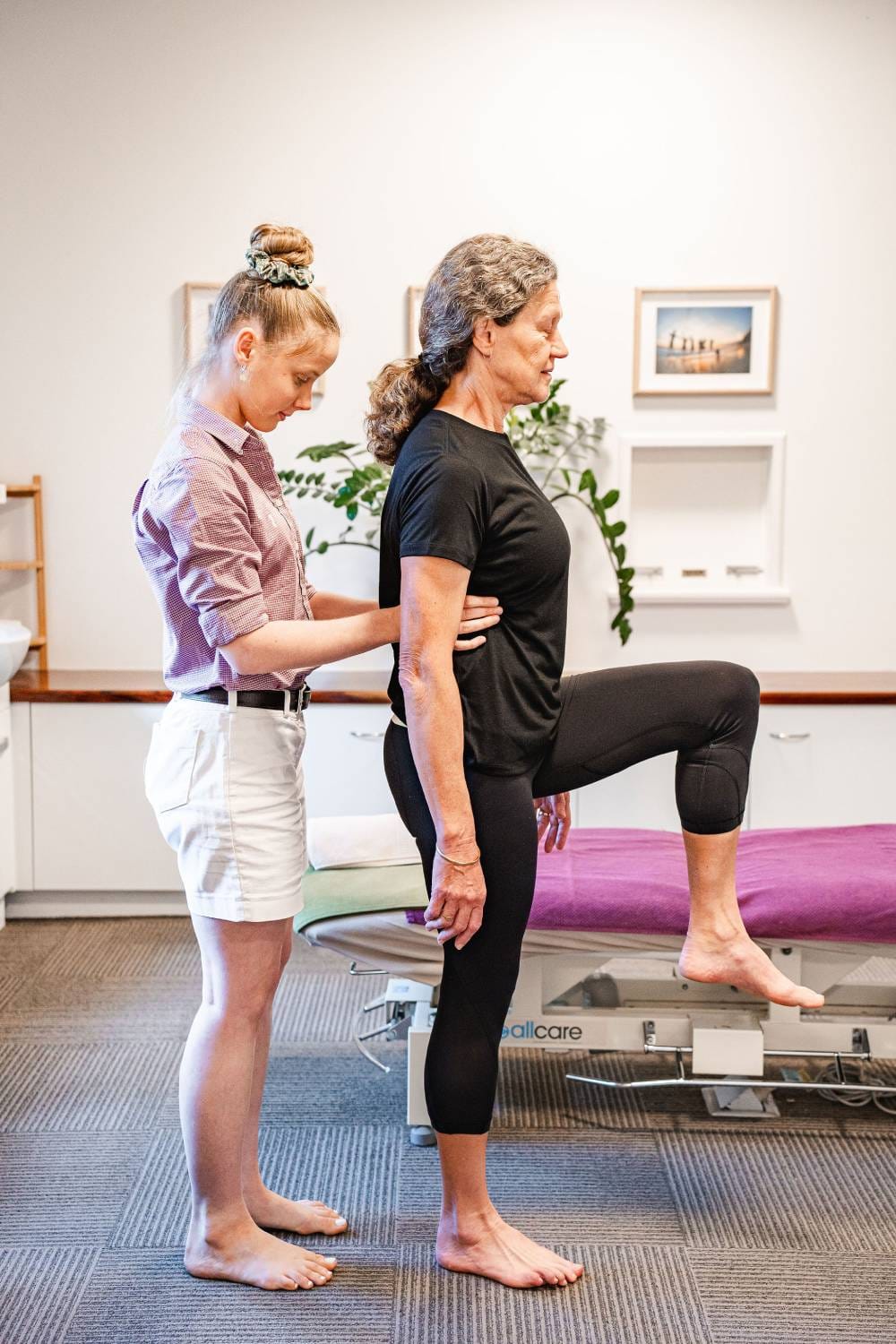Physiotherapy Column
At Barefoot Physiotherapy, we are trained in the Thoracic Ring Physiotherapy, a powerful and holistic approach to understanding how the upper body—particularly the rib cage—may be contributing to pain or dysfunction elsewhere in your body.
We use the Thoracic Ring Approach, developed by world-renowned physiotherapist Dr. LJ Lee, to systematically assess and treat the thoracic rings as a potential root cause of your symptoms.
A Thoracic Ring refers to the 3D structural unit formed by a pair of ribs, a thoracic vertebra, and the breastbone (sternum). You can think of your ribcage like a stack of slinkies, where each ring plays a role in the way your body moves, breathes, and functions.
Your thoracic region makes up 35% of your body mass, serving as a major structural and functional base for movement, posture, and connection between upper and lower body segments.
What is a Thoracic Ring?
A Thoracic ring is the 2 vertebrae and the ribs attached. For example the T4-5 vertebral segment (including disc) and ribs 5 on left and right.

When Do We Assess the Thoracic Rings?
Issues in the thoracic rings can contribute to a wide range of symptoms. At Barefoot Physiotherapy, we may assess your thoracic rings if you are experiencing:
By including Thoracic Ring Physiotherapy as part of your assessment, we can rule in or out this often-overlooked area as a driver of your symptoms.
What Does a Thoracic Ring Assessment Involve?
During your session, your physiotherapist will gently assess the mobility of each thoracic ring. We typically begin at the top of the rib cage—just under the armpits—and work our way down. We’re looking for rings that feel restricted, stiff, or “off” compared to others.
Once we’ve identified these non-optimal rings, we test to see whether supporting or mobilising them leads to improvements in your movement or symptoms—like easier breathing, reduced pain, or increased mobility.
This immediate response is a key way we identify if Thoracic Ring Physiotherapy is a suitable and effective treatment for you.

If your thoracic rings are contributing to your issue, we’ll use a combination of hands-on therapy, neuromuscular cueing, movement resets, and strengthening to restore optimal function.
Hands-On Treatment This may include:
Motor Control Cueing
We help you identify cues that optimise how your body naturally stabilises the thoracic region—improving your body’s ability to support itself and reduce tension or compensation patterns.
Reset Strategies
These are movements or stretches you can do throughout the day that “reset” how you feel or move—helping to maintain improvements between sessions.
Strength & Endurance Work
We’ll personalise exercises to target areas that support optimal rib and spinal movement—often including deltoids, triceps, and abdominals—so you have more movement options and less reliance on non-optimal strategies.
Here are a few simple strategies we often recommend for home:
Use a “crab claw” hand position to apply pressure to tight spots in the lats. Hold for 1–2 minutes.
Hold onto a doorway or reach into a side stretch. Explore movement in this position to find tight areas and ease them.
Sit back into child’s pose and focus on breathing into your mid and upper back. Adjust hand placement to target different sections of the thoracic region.
A great way to ease tightness in the intercostal muscles (the ones between your ribs).
✅ Self-Rib Glide
Your physiotherapist will teach you:
Be sure to do only 5 deep breaths at a time during rib glides to avoid dizziness.
At Barefoot Physiotherapy, we take a whole-body approach. That means:
Our approach is always gentle, supportive, and based on your goals and lifestyle.
Start Your Thoracic Ring Physiotherapy Journey Today
If you’re looking for a full-body, evidence-informed approach to pain relief and performance, Thoracic Ring Physiotherapy may be exactly what you need.
Call us on 1300 842 850 to speak with one of our friendly, experienced physiotherapists.
We’re here to help you breathe easier, move better, and feel more at home in your body.
AT BAREFOOT PHYSIOTHERAPY, WE’RE PROUD TO SERVE CLIENTS FROM ALL CORNERS OF AUSTRALIA WHO MAKE THE JOURNEY TO OUR CLINIC IN TENNYSON, BRISBANE.
Below is a list of nearby suburbs that many of our local clients come from. Whether you’re near or far, we’re dedicated to providing exceptional care tailored to your needs.